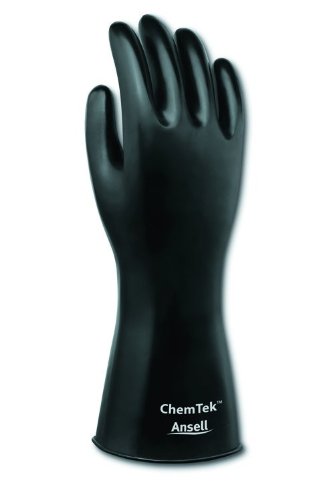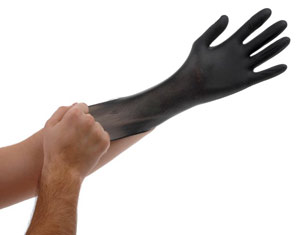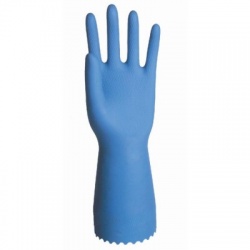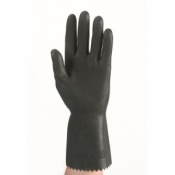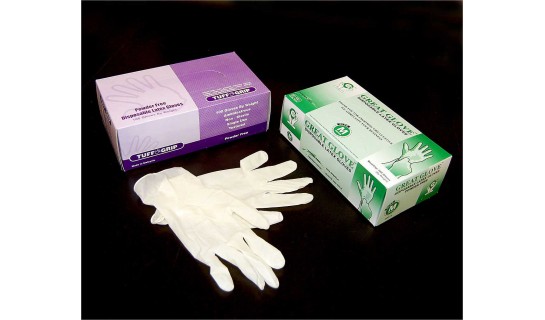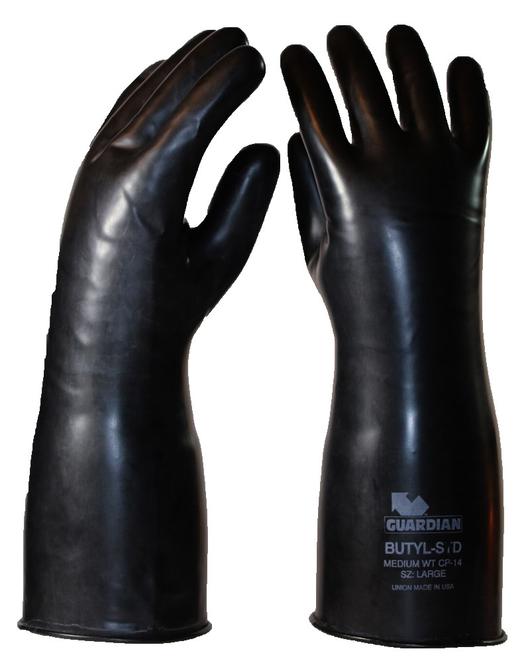Vinyl glove chemical resistance chart the color coded squares in each column is for ease in understanding how our gloves rate against each chemical listed in relation to splash applicability.
Acetone vinyl gloves.
Chemical incidental contact extended contact acetic acid nitrile neoprene butyl rubber acetic anhydride nitrile 8 mil double glove butyl rubber neoprene acetone natural rubber latex 8 mil butyl rubber acetonitrile nitrile butyl rubber polyvinyl acetate pva.
Wear indicating gloves have a yellow blue or red inner layer that shows through as the coating wears off making it easy to inspect for cracks pinholes.
Acetone good glove selection guide.
100 pcs gloves disposable powder free industrial gloves latex free cleaning glove ship from usa arrive in 7 10 days l white 4 1 out of 5 stars 1 168 31 99 31.
Butyl rubber does not perform well with aliphatic and aromatic hydrocarbons and halogenated solvents.
Viton gloves butyl gloves.
While degradation of glove films normally goes hand in hand with permeation this is not true with natural rubber latex gloves and ketones.
Natural latex rubber gloves are comfortable to wear which makes them a popular general purpose glove.
Neoprene gloves are more durable than neoprene coated latex neoprene latex blend and nitrile gloves.
Yellow the glove is suitable for that application under careful control of its use.
They withstand deterioration from petroleum products and solvents such as alcohol.
Butyl gloves also resist oxidation ozone corrosion and abrasion and remain flexible at low temperatures.
Glove manufacturers generally state that doubling the thickness of a glove quadruples the breakthrough time of the chemical.
Latex can also result in allergic reactions for some people.
Natural rubber also known as latex offers another option although it has about a 10 minute breakthrough time when used with acetone.
Because butyl rubber gloves have a higher chemical resistance to acetone it is recommended for this use.
Green the glove is very well suited for application with that chemical.
Glove thickness is stated in either mils or gauge.
Thinner lighter gloves offer better touch sensitivity and flexibility while chemical resistance is sacrificed.
